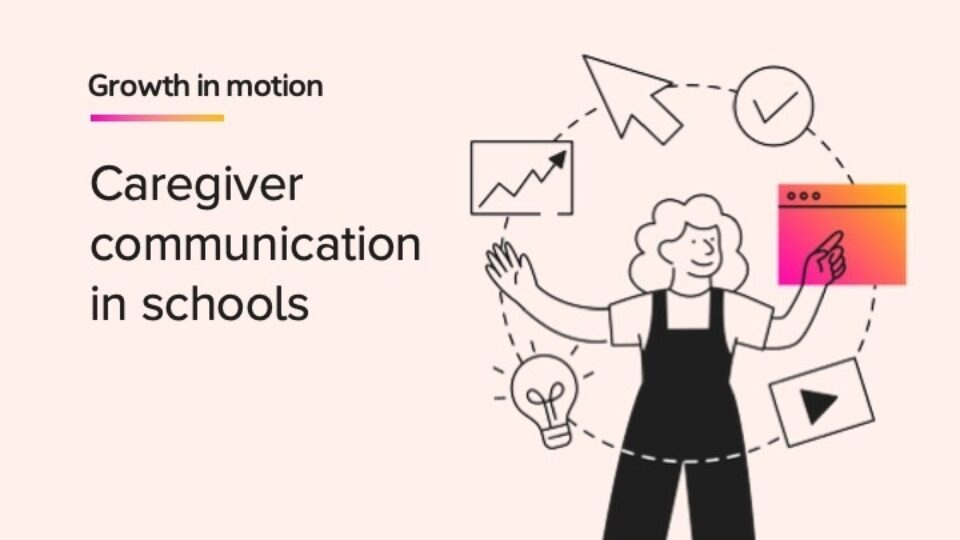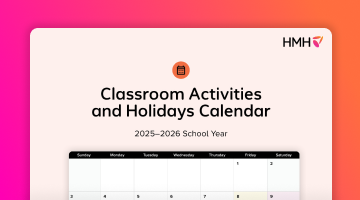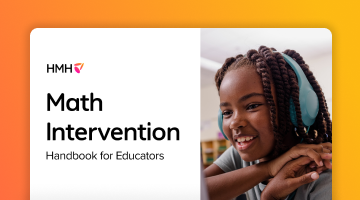
Many of my friends with children are calling me completely confused.
"My kid is reading this book—should they be?" “What does this test score actually mean?” “Is this report telling me my child is behind?” “I need to talk to the school. What should I say?”
They’re finding themselves totally lost when it comes to interpreting assessment data, instructional strategies, or special education services. This is by no fault of their own. Even the most engaged families can feel overwhelmed trying to decode all of this school jargon.
So, I translate for them. They send me homework, test results, and teachers’ notes. I decode the jargon and tell them what questions to ask, how to interpret answers, and how to advocate for their child’s best interest. While I deeply enjoy engaging in their children’s education this way, I also recognize the privilege in it. Because if these highly resourced families are struggling to understand what’s happening with their kids’ education, what does that mean for families without those degrees, networks, or insider knowledge?
This persistent disconnect between schools and families is not a reflection of a family’s ability or engagement. It’s a result of families being regarded as outsiders instead of critical partners. We need to shift the mindset from ‘family involvement’ to educational transparency and shared accountability. Every family deserves to understand how their child is doing in class—and every school should be structured to make that possible.
Every family deserves to understand how their child is doing in class—and every school should be structured to make that possible.
What does that look like in practice? What should we remember as the next school year is right around the corner?
For educators, remember that school can feel like a secret code. Most families aren’t fluent in assessment, pedagogy, or curriculum design, just like you may not speak legal or medical lingo. Be generous with explanations and, more often than not, offer more context than you think is necessary. Create space for questions, and make sure families feel welcome to ask them.
For policymakers, we can create clearer expectations and better infrastructure to support families by:
- Requiring clear, standardized, family-friendly score reports for all major assessments, with plain-language explanations of what is being measured, what makes it different from other tests, and what the results mean for future instruction
- Expanding professional learning opportunities for teachers that explore how to communicate about structured literacy, differentiated instructions, and intervention pathways in family-friendly language.
- Funding family advocacy infrastructure, such as access to trained advocates, interpreters, and navigators—especially for families of students with disabilities or English learners.
When only a subset of families can interpret school communications or navigate educational decisions with fluency, we risk deepening opportunity gaps, no matter how well-intentioned our systems may be.
If we want to close opportunity gaps, we have to close information gaps, too. Because when families are equipped with understanding, they’re empowered to act as partners.
***
For more articles on trends in education from experts, subscribe to HMH's LinkedIn newsletter, Policy in Motion.
Discover best practices for integrating AI in the classroom.












